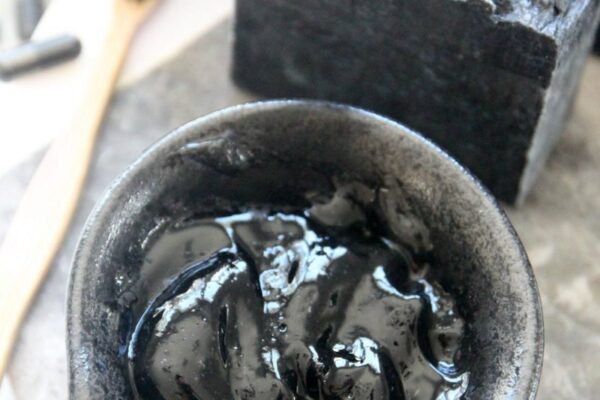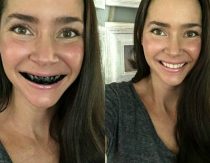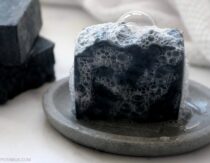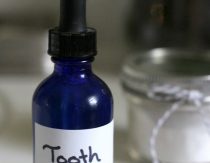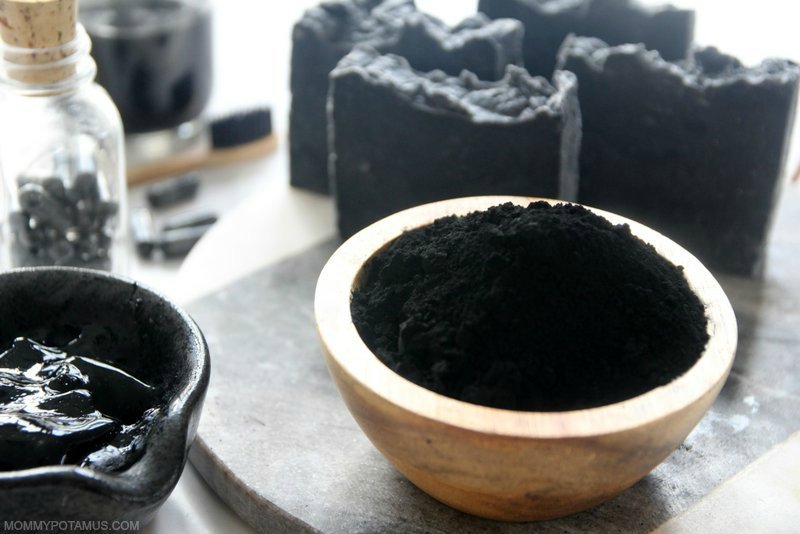
Imagine this: You’ve got one hour to pack for your dream vacation, and all you can take with you is a carry on – what do you toss in your bag? I can tell you one item that would definitely be in mine, whether I’m headed to Iceland’s hot springs or a beach in Bali – activated charcoal.
The stuff is basically the Swiss Army knife of natural living – one bottle can serve as first aid, a portable spa treatment, and a tooth whitener. And that’s just a few of the uses for activated charcoal . . . we’ll cover more in this article!
So, what is activated charcoal?
Although it sounds similar to the charcoal bricks you throw in a BBQ grill to make dijon rosemary marinated shish kabobs, it’s actually very different. Sometimes called activated carbon, it’s made by burning natural materials – often hardwood, bamboo or coconut shells – at high temperatures until they transform into adsorbent granules that are ground into powder.
To understand how activated charcoal works, let’s talk about absorption and adsorption. You already know what absorption is – when fluid is dissolved into a liquid or solid, like water being absorbed by a paper towel.
Adsorption is a little different. Think of it more like a magnet that binds strongly to the surface certain substances, grabbing onto them so they can’t get away.
Millions of micropores in activated charcoal grab onto heavy metals, viruses, poisons, certain types of bacteria, and other substances.
Just two grams (about 4 capsules of coconut-derived activated charcoal) has a larger surface area than an entire football field. (1)
So what’s it useful for? Great question!
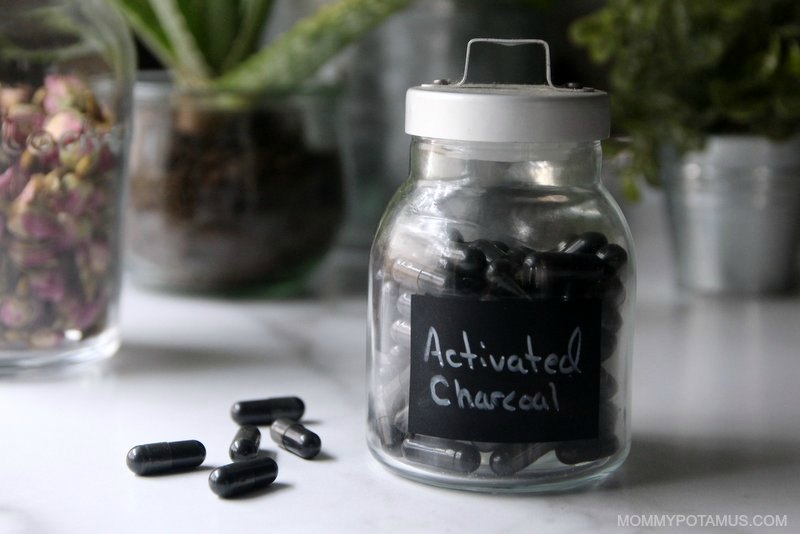
11 Activated Charcoal Uses
Before we dive in, I want to say that this is not medical advice, these statements have not been evaluated by the FDA and are not meant to diagnose, treat, or cure any disease. Also, it’s a good idea to discuss any home remedies you consider with your healthcare provider.
Okay,moving on to the benefits of activated charcoal for everything from teeth whitening to gardening.
1. Food Poisoning & Stomach Bug Recovery
Activated charcoal is so helpful for binding with toxins that it’s often used in hospital emergency rooms to treat poisoning. According to WebMD:
Activated charcoal is sometimes used to help treat a drug overdose or a poisoning.
When you take activated charcoal, drugs and toxins can bind to it. This helps rid the body of unwanted substances.
People take activated charcoal to manage a poisoning or overdose.
When used along with other treatments, activated charcoal may be effective for an acute poisoning. But it is not useful in some cases, including poisoning from:
* Cyanide
* Lithium
* Alcohol
* Iron tablets”
Serious situations just as potential poisoning need to be addressed by Poison Control, a doctor, or your local ER. However, activated charcoal is also considered helpful in situations that can often be managed at home – mild cases of food poisoning or a stomach bug, for example.
In Prescription for Natural Cures: A Self-Care Guide For Treating Health Problems With Natural Remedies, which was written by James F. Balch, M.D., Mark Stengler N.M.D, and Robin Young Balch, N.M.D, activated charcoal is recommended for food poisoning. Here’s what they suggest:
Take 3 capsules every two hours for three doses. Activated charcoal doses taken internally can help to absorb toxins from food poisoning. Charcoal works best when taken in the first stages of food poisoning (when you first realize you have food poisoning).”
I’ve also found activated charcoal to be extremely helpful for stomach bugs. It’s used in many water filtration systems to remove bacteria, viruses, and fluoride, so it makes sense that it supports the body in flushing out what’s not supposed to be there. Interestingly, this study found that activated charcoal bound more strongly to e. coli than the normal (beneficial) bacteria found in the digestive tract.
2. Calms Itchy Bug Bites
It’s not the most discreet way to calm an itchy bug bite – a clear bug bite balm might be better if that’s an issue – but activated charcoal is a great option for soothing stings and bites. Just mix with a little water and dab on the area.
3. Soothes Digestive Discomfort (Intestinal Gas, Bloating, Diarrhea)
“Activated charcoal is used to reduce digestive flatulence and also to absorb harmful toxins, including infectious agents that cause diarrhea,” write James F. Balch, M.D., Mark Stengler N.M.D, and Robin Young Balch, N.M.D. (2)
Many people say it helps immensely with bloating as well. Studies that have examined this issue are mixed, which isn’t all that surprising.
We know from research on SIBO (small intestine bacterial overgrowth) that there are two types of microorganisms that typically cause bloating – ones that produce hydrogen and ones that produce methane. They don’t usually respond to the same interventions, so it makes sense that activated charcoal might help in some cases but not others.
For this purpose, James F. Balch, M.D., Mark Stengler N.M.D, and Robin Young Balch, N.M.D. recommend the following:
Take it with a glass of water, two hours away from other medications and supplements.
Dosage: Take 500-1,000 mg three times daily for up to three days.” (2)
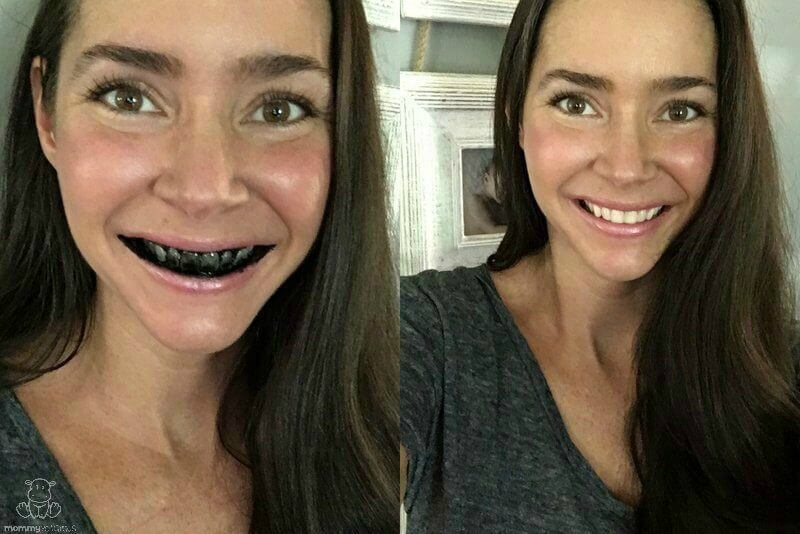
4. Whitens Teeth Naturally
Activated charcoal binds strongly with tannins and other compounds that stain teeth, and is traditionally used in Tanzania to clean teeth. (3)
Here’s how to whiten teeth naturally with activated charcoal powder. (Turmeric whitens teeth, too!)
For even more whitening power, Primal Life Organics makes a peroxide-free activated charcoal gel that comes with an LED light to whiten and brighten teeth. You can find it here.
5. Non-Toxic Face Paint
I developed an easy recipe for non-toxic face paint after the Campaign for Safe Cosmetics reported that 10 out of 10 face paints they tested were positive for lead. Also, 6 out of 10 tested positive for other toxic heavy metals. (4) (5)
6. Face Mask & Cleanser
For deep pore cleansing and detoxification, mix 1-2 capsules with enough water to make it spreadable and apply to the face area for about 10 minutes before rinsing. Follow with a moisturizer like this rosehip seed oil or my homemade hydrating skin repair serum recipe.
Many people also swear by activated charcoal soap for balancing oily or acne-prone skin.
7. Armpit Deodorizer
Activated charcoal absorbs odors well. Many companies include it as a filtering component in air purifiers. It’s sometimes incorporated into natural deodorants like this one, but I haven’t tried it personally since I love my homemade deodorant recipe.
However, I do know that for some people who find that natural deodorants don’t quite cut it, adding a charcoal armpit mask to the routine as needed can be really helpful. Just dump 4-5 capsules into a small bowl, mix with water until you reach a spreadable consistency, apply and let sit for 5 minutes, then rinse.
8. Water Filtration
You can’t use activated charcoal capsules for this one, but it’s still worth mentioning. Although I don’t love that they’re plastic, I keep a couple of portable water bottles like these on hand because they have built-in activated charcoal filters. They’re my “go to” when we travel and don’t have access to the clean filtered water we have at home.

9. Room & Car Deodorizer
As I wrote about in this article on improving indoor air quality naturally, Moso bags are a budget-friendly air purifying option that can help absorb odors and toxins in small spaces like cars, closets, bathrooms and pet areas.
They’re filled with activated charcoal, which is the same stuff that companies like Austin Air use in their top-rated air filters.
Each bag works for approximately two years. Set it out in the sun each month to keep it working. After the second year, cut the charcoal out of the bag and use in your yard or garden. Here’s where to buy them.
10. Activated Charcoal for Plants
Often called horticultural charcoal, bags of activated charcoal can be found in many garden stores. They’re often used in terrariums and pots with no drainage to protect plants from overwatering.
11. Soothe Discomfort From Poison Ivy, Oak or Sumac
Although a little messy, activated charcoal powder can be mixed with water and rubbed onto skin that’s been irritated by poison ivy, oak or sumac.
Where to buy activated charcoal
I buy this brand of activated charcoal capsules because they’re made from coconut shells, which is more porous (meaning it adsorbs better) than hardwood derived activated charcoal. Coconut shells are also considered a more sustainable, environmentally friendly choice.
Frequently Asked Questions
Human studies have shown that taking activated charcoal with alcohol does not reduce alcohol absorption. (6) However, I’ve found that taking it after sipping a glass of wine at a social gathering prevents me from feeling icky the next morning. My guess is that it helps by soaking up certain additives I’m sensitive to – there are currently 200 different approved additives in the United States. (7)
Interestingly, I’ve found that when I drink Dry Farm Wines, which are grown with organic practices and don’t contain added sulfites or other ingredients that are commonly used (like sawdust and food coloring), I don’t have the issues I do with most wines.
According to WebMD:
“When used to treat a poisoning or overdose, activated charcoal is usually safe, but it needs to be administered only in a health care facility. Side effects are more likely when it is used on a long-term basis to treat conditions like excess gas.
Side effects. When you take it by mouth, activated charcoal can cause:
* Black stools
* Black tongue
* Vomiting or diarrhea
* Constipation
In more serious cases, it can cause gastrointestinal blockages.”
Activated charcoal binds with a lot of substances, including vitamins and prescription or over-the-counter medications. One study, for example, found that when a single dose (50 grams) of activated charcoal is taken within thirty minutes of ingesting a drug, it can reduce absorption by up to 50%. For that reason, it should not be taken within two hours of any supplements or medicines. (8)
Some producers may list an expiration date in order to meet government regulations, but several sources I’ve read say it should last indefinitely as long as it is dry. If not stored in an airtight container, it will eventually “fill up” by adsorbing moisture and other pollutants/ particles from the environment.
Want more research-backed natural remedies?
No problem, I’ve created a free ebook for you – Kitchen Apothecary: 25+ Natural Remedies Using Ingredients From Your Pantry – as a gift for signing up for my newsletter. You’ll also get updates when I post about safe essential oils for pregnant/breastfeeding mamas, exclusive gifts and coupons (I was able to give away a jar of free coconut oil to anyone who wanted it recently!), plus other goodies.
Sign up using the form below.
This article was medically reviewed by Dr. Scott Soerries, MD, Family Physician and Medical Director of SteadyMD. As always, this is not personal medical advice and we recommend that you talk with your doctor.
Sources:
1. Dillon et. al. (1989) Large surface area activated charcoal and the inhibition of aspirin absorption.
2. Balch, M.D., James F. et. al. (2016) Prescription for Natural Cures: A Self-Care Guide for Treating Health Problems with Natural Remedies Including Diet, Nutrition, Supplements and Other Holistic Methods.
3. Sarita, PT and Tuominen, R. (1992) Tooth cleaning methods and their effectiveness among adults in rural Tanzania.
4. Campaign for Safe Cosmetics. Pretty Scary: Could Halloween Face Paint Cause Lifelong Health Problems?
5. Grist (2015) There Could Be Lead In Your Face Paint
6. Minocha, A et. al. (1986) Activated charcoal in oral ethanol absorption: lack of effect in humans.
7. The Splendid Table (2013) Yes, natural wines pack surprises. But would you prefer sawdust?
8. Chyka, P.A. et. al. (2005) Position paper in the Journal of Clinical Toxicology: Single-dose activated charcoal
9. Drugs.com. Activated Charcoal.
